Whether you hop out of bed and wake yourself up with a hot shower or like to finish the day with a relaxing bath, most of us rely on our routines running smoothly. A blocked drain not only messes up your schedule but can also be expensive to fix.
Some items may appear flushable, but they can in fact lead to blocked pipes. Even something as small as a cotton bud is enough to send your plumbing into chaos.
Read on for all the latest tips on keeping drains clear and what to do if you have to unblock drains around your home.
Prefer to watch?
How to clear blocked drains
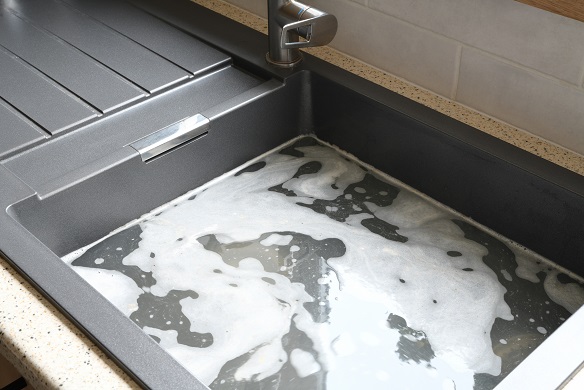
If you notice your shower is taking longer to drain or there are issues with your sinks, there are steps you can take before calling out a plumber.
This DIY hack helps you get rid of blockages (caused by things like grease or hair building up). And involves ingredients you might already have in the kitchen.
All you’ll need is a kettle, baking soda and white vinegar.
1. Pour boiling water down the drain
Scoop out any excess water with a mug or container. Then pour a kettle of boiling water down the plughole to wash away some of the looser debris.
2. Follow it up with baking soda and vinegar
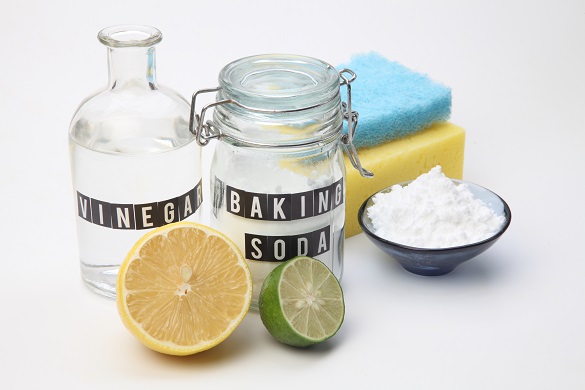
Next, pour in two teaspoons of baking soda and 250ml of white vinegar.
3. Flush the drain with more boiling water
Wait 15 to 30 minutes before flushing through with enough boiling water to clear the mixture.
4. Use a drain-cleaning product

You can buy a chemical cleaner from a supermarket or DIY store if this cheap trick doesn’t work. Each comes with its own instructions. For example, you can’t use some cleaners in sinks and toilets with waste disposal units. So make sure to read the product label or online description ahead of purchasing.
How to unblock a sink U-bend
Some sink blockages might need a bit more elbow grease because of their U-bend shape.
When you’re ready:
- Locate the U-bend under your sink (It’s the first bend in the pipe below the plughole.)
- Place a bucket underneath to capture any escaping water
- Unscrew the section of pipe
- Wait for any flowing water to stop, then remove the U-bend
- Use a wire coat hanger to clean the inside of the pipe
- Put the U-bend back and run the tap to check everything’s airtight
How to unblock outside drains

Before getting your hands dirty, read the ‘Who’s responsible for unblocking drains’ section below.
If the drain is immediately outside your home, you’ll probably need to clear it yourself. Put on some safety goggles, a face mask and rubber gloves, then follow these instructions:
- Remove the drain cover (You may need to stick a flat-head screwdriver into the grooves or edge to lift it.)
- Locate the blockage
- Remove as much of it with your hands as possible (Have a bucket nearby to avoid making a mess of your outside space.)
- Clear any stubborn sections with a drain rod (Push it in and rotate until the blockage loosens.)
- Give the drain a good wash with a pressure hose
Problems caused by blocked drains
Even small clogs can lead to big problems like:
- Flooding
- Expensive pipe repairs
- Contaminated water
- Bad odours
- Rising damp, in extreme cases
Address any blockages as soon as possible, so you’re not left with a serious issue on your hands.
Who’s responsible for unblocking drains?
If you're a homeowner, you're responsible for maintaining and repairing any drains inside the boundaries of your property – these are often referred to as private drains.
You don't have to maintain and repair drains that you share with your neighbour – your water company handles these.
For renters, as stated in the Landlord and Tenant Act 1985, it's a landlord's responsibility to maintain their drainage, pipes, and general plumbing. Though if a drain becomes blocked through tenant misuse, the tenant will be responsible for either fixing the issue or covering the cost of repairs.
How to prevent drain blockages
You don’t have to wait for a disaster to start practising better drain care and maintenance. Maintenance is all about reducing wear and tear, and spotting issues before they can cause damage. That’s why a few simple actions, done regularly, are the best way to prevent plumbing problems.
Of course, even with good maintenance, there's still the risk of plumbing problems springing up. To protect yourself from the worst, you might want to consider taking out plumbing and drainage cover.
These tips should help lower the risk of blockages and other issues.
Not everything should be flushed

A drain isn’t a dustbin. Don’t assume you can throw cotton buds, plastic or other small bathroom bits into the toilet. Anything that doesn’t naturally break down should be put in the rubbish or a septic tank, and never enter your drainage system.
Be aware of grease and fat

It’s all too easy to let grease and fats from your latest culinary masterpiece trickle down the drain when you’re clearing up. Whenever possible, you should let these cool and throw them in the bin. Grease and fats can thicken when cooled and cause major blockages. If it’s not possible to throw the grease or fat away, run plenty of hot, soapy water through the drain to help break it up.
Keep track of less used rooms or properties
If you have spare rooms, summer homes, or temporarily vacant properties, you should plan to have someone flush the toilets and run the taps on a semi-regular basis (aim for once a week). This prevents the water from going stagnant or the traps in the drainage systems from developing mould.
Our blog is loaded with more related articles
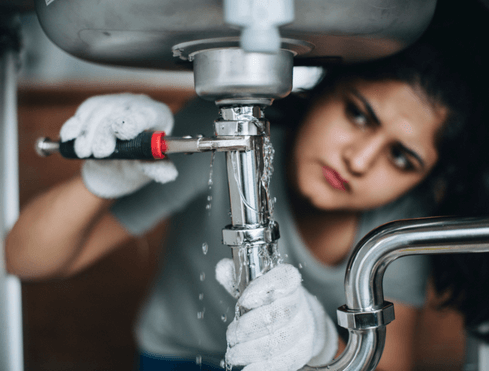
Plumbing and heating tips
Easy plumbing maintenance tips
Did you know that the earliest copper piping dates from an Egyptian pyramid built 4,500 years ago? Since plumbing has been arou...
Read more
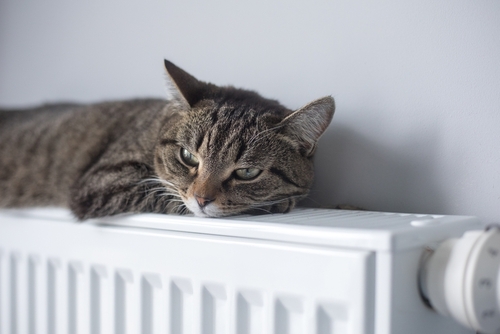
Plumbing and heating tips
How to keep your house warm in winter
From checking your thermostat to insulating your roof, here's our top tips to keeping your home warm in winter.
Read more
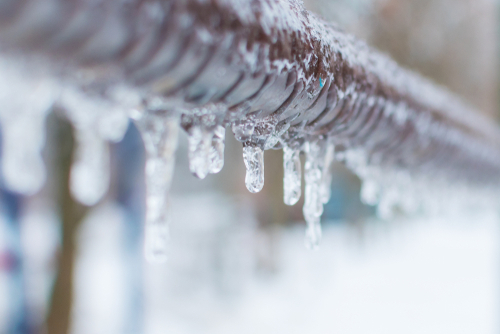
Plumbing and heating tips
How to prevent and fix frozen water pipes
Unfortunately, the drop in temperature means you might have another thing to add to your to-do list: sorting out frozen water p...
Read more
